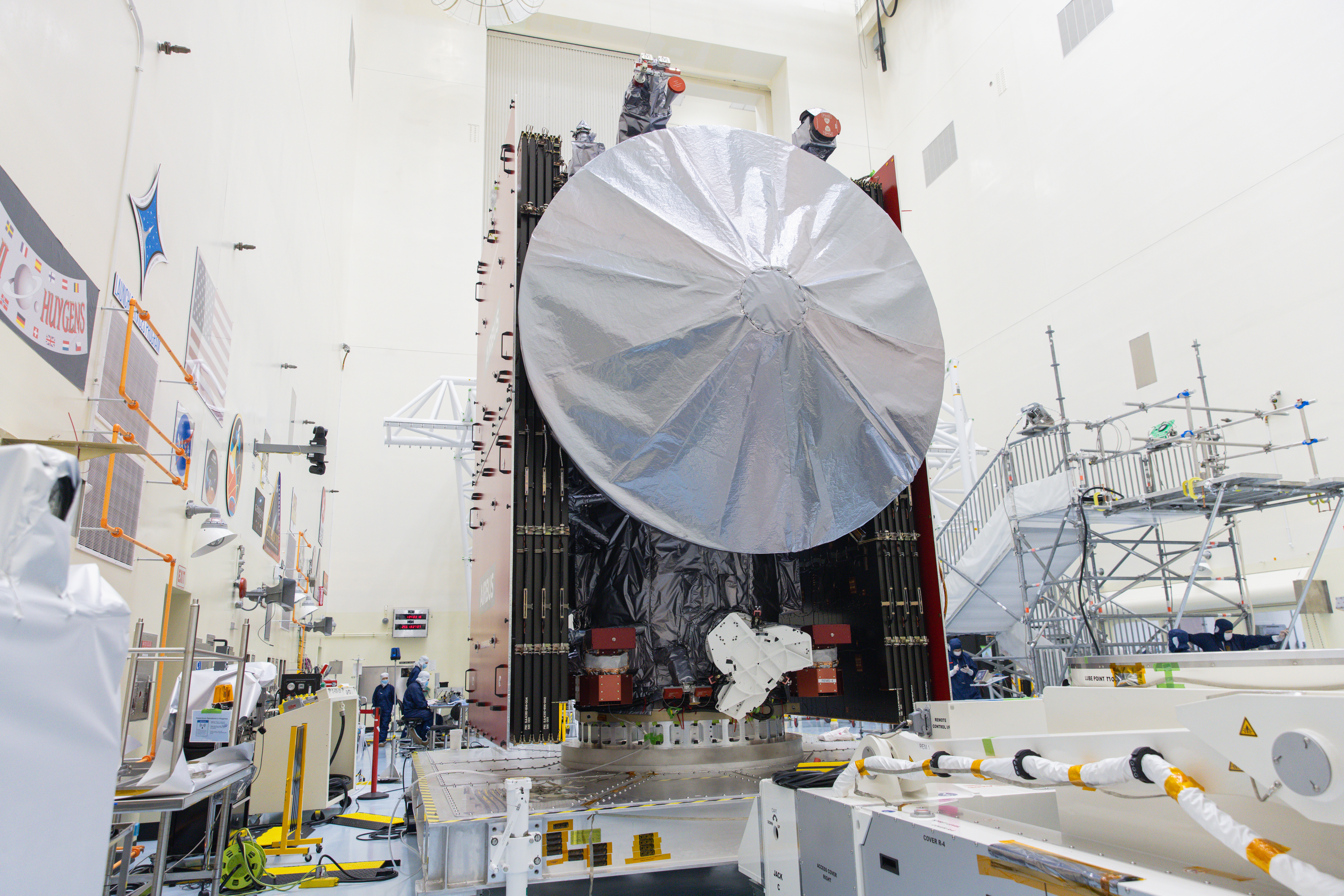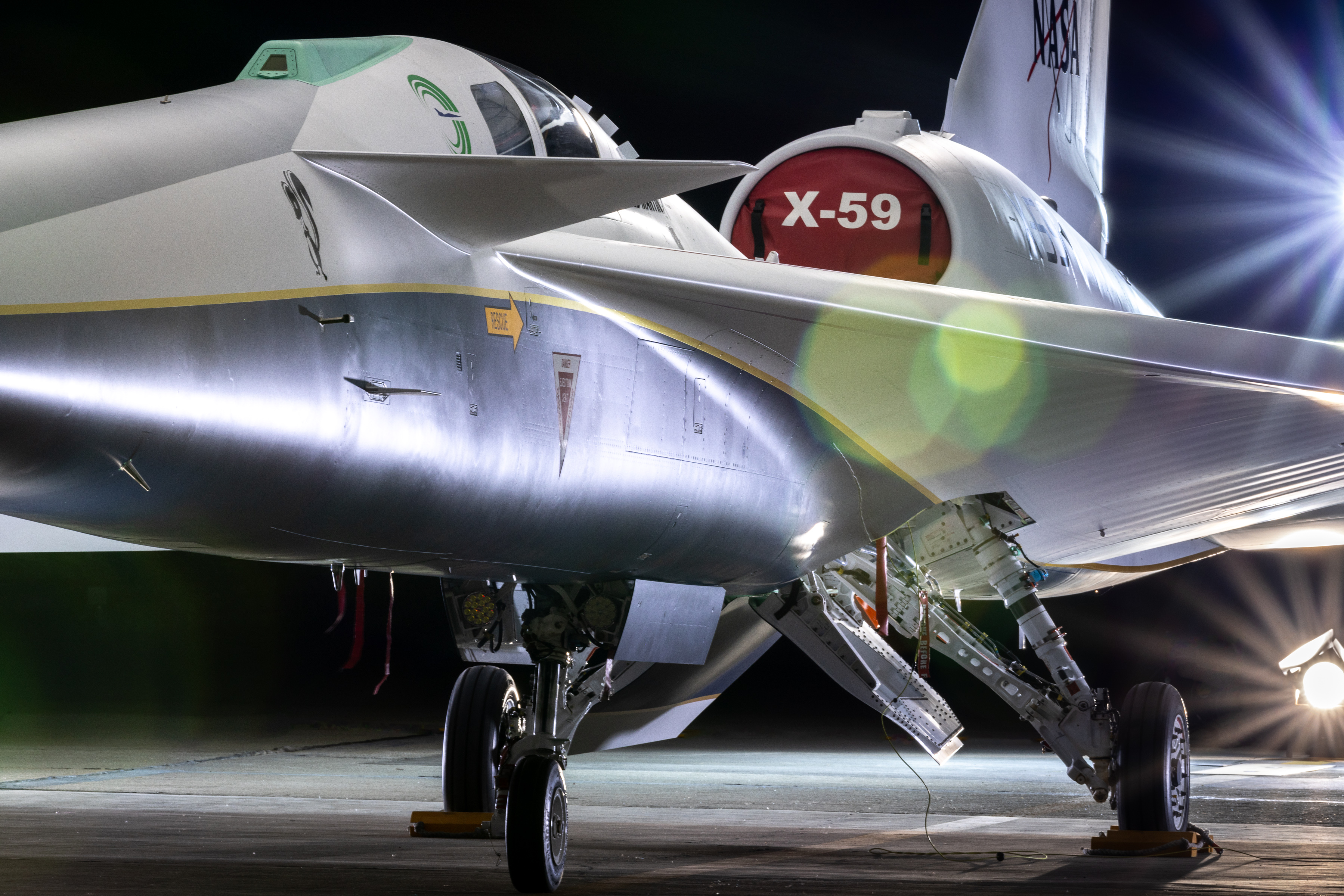Technicians Work to Prepare Europa Clipper for Propellant Loading
NASA’s Europa Clipper mission moves closer to launch as technicians worked on Wednesday, Sept. 11, inside the Payload Hazardous Servicing Facility to prepare the spacecraft for upcoming propellant loading at the agency’s Kennedy Space Center in Florida. The spacecraft will explore Jupiter’s icy moon Europa, which is considered one of the most promising habitable environments […]

NASA’s Europa Clipper mission moves closer to launch as technicians worked on Wednesday, Sept. 11, inside the Payload Hazardous Servicing Facility to prepare the spacecraft for upcoming propellant loading at the agency’s Kennedy Space Center in Florida.
The spacecraft will explore Jupiter’s icy moon Europa, which is considered one of the most promising habitable environments in the solar system. The mission will research whether Europa’s subsurface ocean could hold the conditions necessary for life. Europa could have all the “ingredients” for life as we know it: water, organics, and chemical energy.
Europa Clipper’s launch period opens on Thursday, Oct. 10. It will lift off on a SpaceX Falcon Heavy rocket from Kennedy’s Launch Complex 39A. The spacecraft then will embark on a journey of nearly six years and 1.8 billion miles before reaching Jupiter’s orbit in 2030.
The spacecraft is designed to study Europa’s icy shell, underlying ocean, and potential plumes of water vapor using a gravity science experiment alongside a suite of nine instruments including cameras, spectrometers, a magnetometer, and ice-penetrating radar. The data Europa Clipper collects could improve our understanding of the potential for life elsewhere in the solar system.
Photo credit: NASA/Kim Shiflett
What's Your Reaction?



















.jpg?#)

































